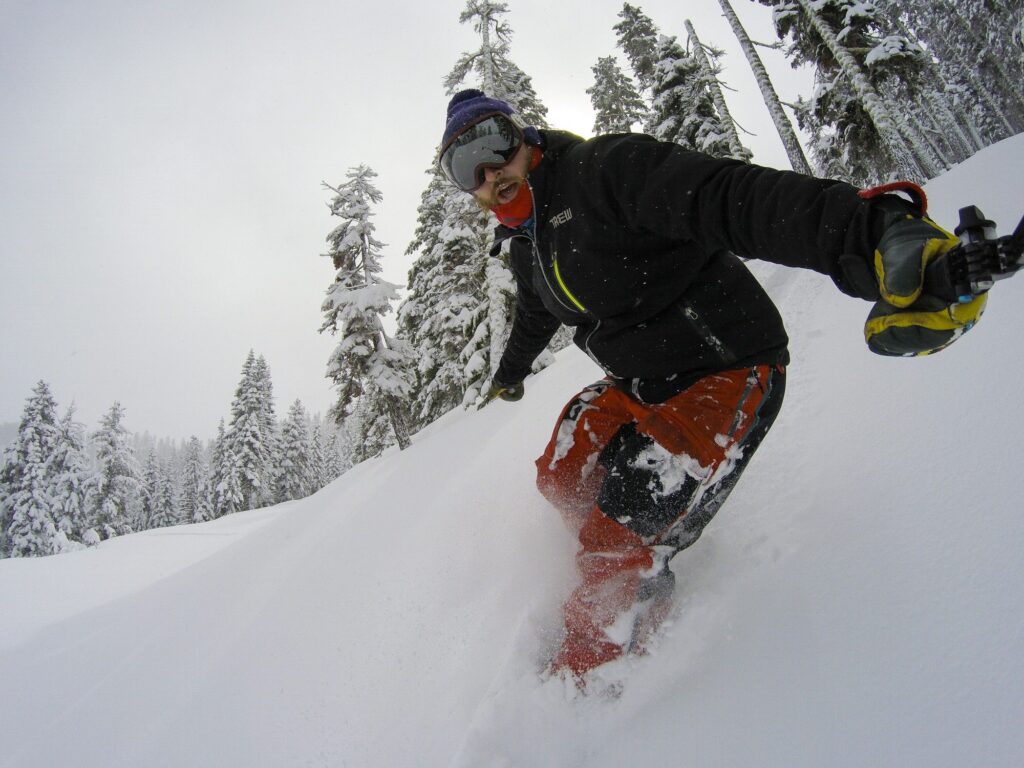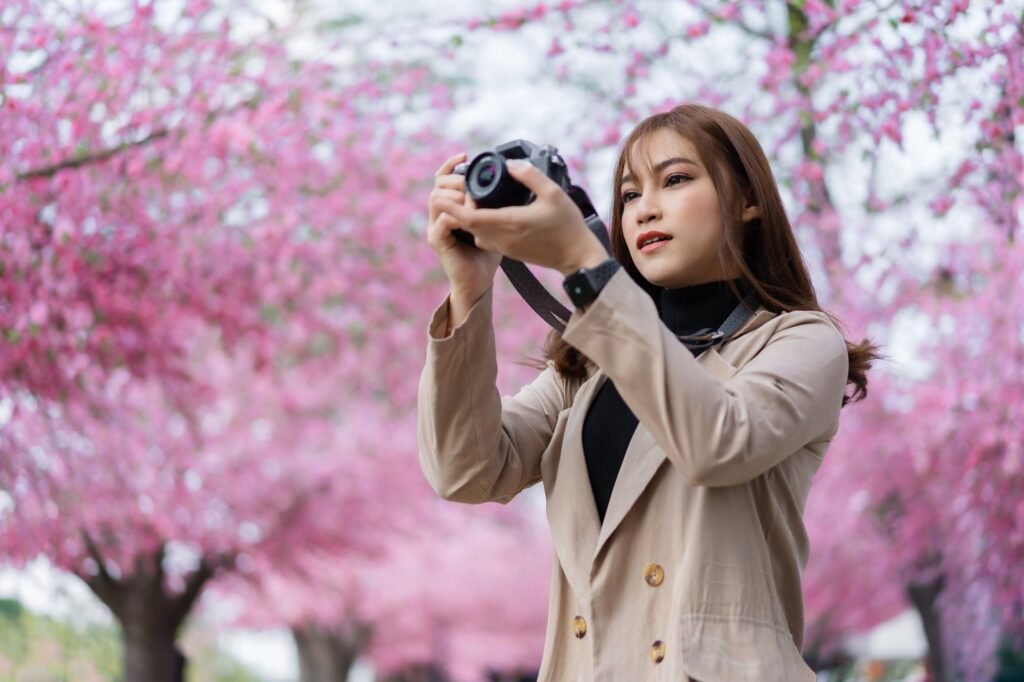
Best Action Camera 2023 In UK

Have you ever tried to capture a photo of a fast-moving object only to end up with a blurry mess? It can be frustrating to miss the perfect shot due to low shutter speed. That’s where higher shutter speed comes into play. Adjusting your camera settings allows you to freeze motion and capture fast action with clarity.
Think of it like throwing a ball: the faster and harder you throw it, the more precise and faster the catch will be. The same goes for shutter speed in photography. In this blog post, we’ll dive into the benefits of higher shutter speed and how to use it effectively to capture those fleeting moments.
Table of Contents
Understanding Shutter Speed
A higher shutter speed can be your best friend if you’re trying to capture fast-moving action. Shutter speed is how long your camera’s shutter will remain open to capture the image. The faster the speed, the less time the shutter is open, which freeze-frames your subject.
This is great for capturing sports or wildlife photography, where a split-second can make all the difference. However, a higher shutter speed means less light enters your camera, potentially leading to underexposed images. Understanding the balance between speed and light is important to ensure the best possible outcome for your photos.
So, if you’re looking for a way to capture detailed, frozen-in-time moments, consider using a higher shutter speed to get the job done.
Definition of Shutter Speed
Shutter speed is a crucial element in photography that determines how long your camera’s shutter stays open, allowing light to enter and reach the camera’s sensor. It is measured in fractions of a second, and the faster the speed, the less time the shutter remains open, thereby limiting the amount of light that passes through. Astoundingly, this gives photogs the power to freeze the motion of their subjects or capture moving ones boldly.
The slower the shutter speed, the longer the shutter remains open, enabling more light to enter the camera. A lengthier shutter speed can allow for capturing motion blur, ideal for capturing the flow of water or a moving vehicle’s wheels. The ability to control the shutter speed slot helps take photos that match your creative vision.
Shooting in low light environments means that a slower shutter speed is ideal because the camera’s sensor requires more time to capture enough light to expose the photo accurately.

How Shutter Speed Affects Your Photos
Shutter speed is one of the most critical settings for photography. It plays an integral role in determining the exposure of an image. Simply put, it’s the amount of time the camera’s shutter remains open while capturing a photo.
A fast shutter speed freezes motion, making it ideal for capturing fast-paced action sports or wildlife photography. On the other hand, a slower shutter speed creates motion blur, which can be used to create a sense of movement. However, a slower shutter speed requires a steady hand or the use of a tripod to avoid camera shake.
It’s important to understand the ideal shutter speed for the particular shot you want to take and adjust accordingly, whether it’s capturing a basketball game or a long exposure image of a waterfall. Understanding shutter speed can take your photography skills to the next level and allow you to create stunning visual experiences
When to Use a Higher Shutter Speed
If you’re wondering “what does higher shutter speed do?” then you’ve come to the right place. A higher shutter speed can give you a number of benefits when you’re out taking photos. For example, it can help you capture fast-moving subjects without any motion blur.
This is ideal for capturing sports events or wildlife, where you need to freeze the action in order to get the shot you want. A higher shutter speed also helps to reduce camera shake, which can be useful when you’re taking photos in low light conditions or when you’re using a longer lens. A higher shutter speed allows you to capture more detail and sharper images, making it a great choice for many photography situations.
Freezing Fast-Moving Subjects
Using a higher shutter speed is crucial if you are trying to freeze fast-moving subjects like athletes, wildlife, or cars. A fast shutter speed helps to capture the subject in sharp detail and freeze any motion. Typically, a shutter speed of at least 1/500th of a second is ideal for capturing fast-moving subjects.
However, the specific shutter speed you need to use will depend on the speed of your subject and the amount of motion you want to freeze. For example, if you want to capture a bird in flight, you may need to use a shutter speed of 1/1000th of a second or faster to freeze its wings in mid-flight. Remember that a high shutter speed means less light will enter the camera, so you may need to adjust your ISO and aperture accordingly to ensure proper exposure.
By mastering the use of shutter speed, you can capture incredible action shots that freeze the moment in time.
Frequently Asked Question
Shutter speed refers to the length of time that your camera’s shutter is open. It’s measured in fractions of a second, and faster shutter speeds mean the shutter is open for a shorter amount of time.
Increasing your shutter speed can help you freeze motion in your photos. This is particularly useful for capturing sports or other fast-moving subjects.
The tradeoff of using a high shutter speed is that you need more light to expose your photo properly. If you’re shooting in low light, increasing your shutter speed may result in a dark or underexposed image.
Absolutely! Slow shutter speeds can be used to create a range of creative effects, such as motion blur or light trails. The key is to choose a shutter speed that fits your desired effect and adjust the other settings accordingly.


